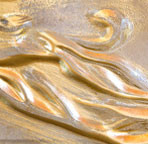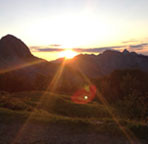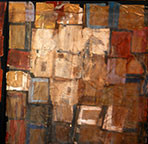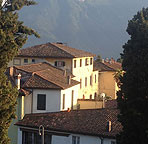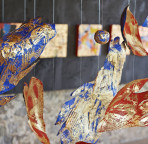The archaic torso in Rilke’s famous poem says to us: “change your life.” So do any poem novel, play, painting, musical composition worth meeting. The voice of intelligible form, of the needs of direct address from which such form springs, asks: ‘What do you feel, what do you think of the possibilities of life, of the alternative shapes of being which are implicit in your experience of me, in our encounter?’ The indiscretion of serious art and literature and music is total. It queries the last privacies of our existence. This interrogation, like the winding of the sudden horn at the dark tower in Browning’s emblematic text of the seeking out of being by art, is no abstract dialectic. It purposes change. Early Greek thought identified the Muses with the arts and wonder of persuasion. As the act of the poet is met—and it is the full tenor and rites of this meeting which I would explore—as it enters the precincts, spacial and temporal, mental and physical, of our being, it brings with it a radical calling towards change. The waking, the enrichment, the complication, the darkening, the unsettling of sensibility and understanding which follow on our experience of art are incipient with action. Form is the root of performance. In a wholly fundamental, pragmatic sense, the poem, the statue, the sonata are not so much read, viewed, or heard as they are lived. The encounter with the aesthetic is, together with certain modes of religious and of metaphysical experience, the most ‘ingressive’, transformative summons available to human experiencing. Again, the shorthand image is that of an Annunciation, of “a terrible beauty” or gravity breaking into the small house of our cautionary being. If we have heard rightly the wing-beat and provocation of that visit, the house is no longer habitable in quite the same way as it was before. A mastering intrusion has shifted the light (that is very precisely, non-mystically, the shift made visible in Fra Angelico’s Annunciation).
—George Steiner
This passage from Steiner’s exploration of the transcendental in the arts, Real Presences, leads me to speculate that in undertaking the creative enterprise it is primarily the artist who is unsettled and secondarily his audience. If I am not willing to risk my “cautionary self” how can the forms I seek to whittle and warp aspire to any breadth of freedom? Comments welcome.

